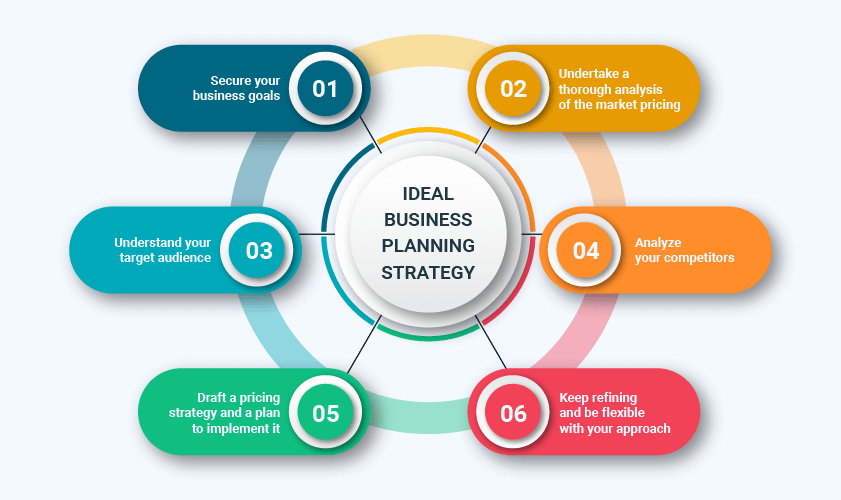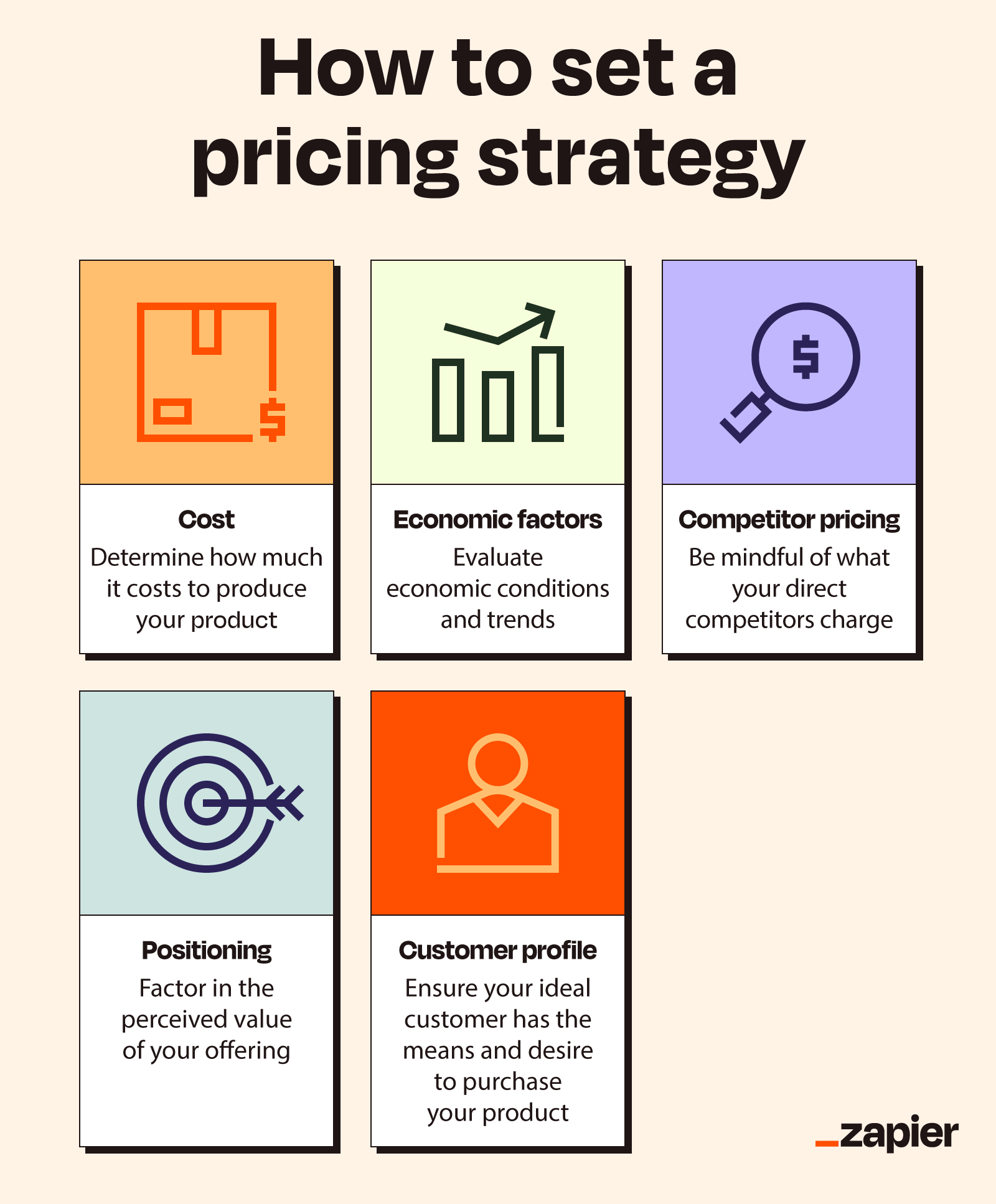How to Execute a Value-Based Pricing Strategy for Maximum Effect
How to Execute a Value-Based Pricing Strategy for Maximum Effect
Blog Article
Optimize Income With Proven Rates Strategy Techniques
Strategies such as value-based pricing, vibrant rates, and thorough market analysis can significantly boost a company's economic performance. Recognizing consumer perception and leveraging information analytics for nimble rates changes are vital components of this method.
Recognizing Consumer Perception
Recognizing client understanding is essential for creating reliable pricing strategies. It affects how customers evaluate an item's worth, high quality, and total good looks. Organizations must acknowledge that consumers commonly base their willingness to pay not entirely on the item's intrinsic characteristics yet likewise on psychological elements, consisting of brand name reputation, social condition, and perceived shortage.

In addition, business should consider the role of rates psychology, such as appeal prices or rate anchoring, which can substantially influence client actions. Comprehending these perceptions enables companies to frame their pricing techniques in a way that aligns with consumer assumptions while taking full advantage of earnings.
Including customer understanding right into rates strategies not just aids in establishing affordable prices however additionally promotes brand commitment, as customers feel recognized and valued. Ultimately, a nuanced understanding of client assumption can cause lasting revenue development and boosted market positioning.
Studying Market Trends
To develop a reliable rates strategy, evaluating market fads is important for companies looking to stay competitive. Comprehending the dynamics of market changes makes it possible for firms to make educated choices pertaining to prices adjustments, item launches, and source allotment - Pricing Strategy. By keeping an eye on consumer actions, economic indicators, and market advancements, organizations can determine patterns that educate their rates frameworks
Seasonal trends can provide insights right into optimal rates during height and off-peak periods, allowing for critical discounting or advertising pricing. Furthermore, keeping an eye on technical developments can assist recognize potential risks or possibilities that can impact rates strategies.
Utilizing data analytics tools can improve the precision of pattern evaluation, supplying valuable understandings that promote dexterous decision-making. Firms should likewise think about performing regular marketing research to validate presumptions and adapt to developing consumer preferences. By leveraging these understandings, organizations can not just optimize their prices techniques however likewise strengthen their overall market placement, guaranteeing long-term earnings and growth.
Competitive Rates Methods
A competitive pricing method is essential for businesses aiming to gain an edge in a crowded industry. By examining competitors' prices structures and market positioning, firms can purposefully set their rates to bring in clients while preserving earnings. This approach requires a thorough understanding of both the affordable landscape and consumer assumptions of value.
One reliable method is price matching, where a company offers to match or beat a competitor's rate. This tactic can enhance client loyalty and motivate sales, particularly in price-sensitive markets. Additionally, penetration rates can be used to catch market share by originally establishing prices less than rivals, tempting consumers to try the product and promoting brand name recognition.
In addition, services can carry out emotional prices techniques, such as prices products just below a round number (e.g., $9.99 rather than $10 - Pricing Strategy.00) This can produce the understanding of a far better offer, influencing customer habits
Ultimately, an effective affordable rates technique balances the demand to remain appealing to customers while making certain that the prices design lines up with the company's total objectives. Consistently changing and reviewing prices in feedback to market shifts and competitor activities is necessary for continual success.
Value-Based Pricing Methods
Value-based rates strategies concentrate on setting rates mostly based on the regarded worth of a product and services to the client, instead than entirely on manufacturing costs or competitor prices. This approach calls for a deep understanding of client needs, choices, and the unique advantages that the product or solution offers. By identifying the details worth vehicle drivers that reverberate with consumers, companies can develop rates techniques that show the real worth of their offerings.
To carry out value-based pricing successfully, companies should participate in detailed market research, including customer surveys and emphasis teams, to gather understandings into consumer understandings. In addition, organizations need to sector their customer base to tailor pricing strategies that straighten with various worth perceptions across segments.
Interaction plays an essential role in value-based rates; business should articulate the unique worth proposal plainly to justify the rate point. Recurring analysis and adjustment are essential, as client understandings of worth may shift over time due to market dynamics or competitive actions. By focusing on value in pricing techniques, organizations can improve consumer complete satisfaction, improve commitment, and inevitably optimize income.
Dynamic Pricing Designs

Dynamic pricing leverages sophisticated formulas and data analytics to keep track of competitor prices, consumer habits, and inventory levels. By dynamically changing prices, services can enhance income, optimize revenue margins, and respond promptly to modifications in the marketplace. As an example, airlines commonly utilize this design to adjust ticket rates based upon aspects like remaining seats, time until separation, and rival rates.
Nonetheless, the execution of vibrant prices need to be come close to with care. Transparent interaction with clients is vital to preserve trust fund and avoid perceptions of unjust prices techniques. Furthermore, check it out companies must make sure that their rates formulas are not overly intricate or opaque, as this can cause customer discontentment.
Inevitably, when implemented attentively, dynamic rates versions can provide companies with a significant competitive advantage, allowing them to capitalize on market opportunities while satisfying customer expectations in a swiftly changing economic landscape.
Verdict

Strategies such as value-based rates, vibrant rates, and detailed market analysis can substantially enhance a firm's monetary efficiency. Seasonal patterns can provide understandings into ideal rates during height and off-peak periods, enabling for tactical discounting or promotional pricing.Dynamic prices leverages sophisticated algorithms and data analytics to keep an eye on competitor prices, customer behavior, and stock degrees. By comprehending client understanding, analyzing market trends, and applying competitive rates methods, companies can successfully straighten their prices see with customer expectations. Furthermore, value-based prices and dynamic rates models allow companies to react agilely to market changes.
Report this page